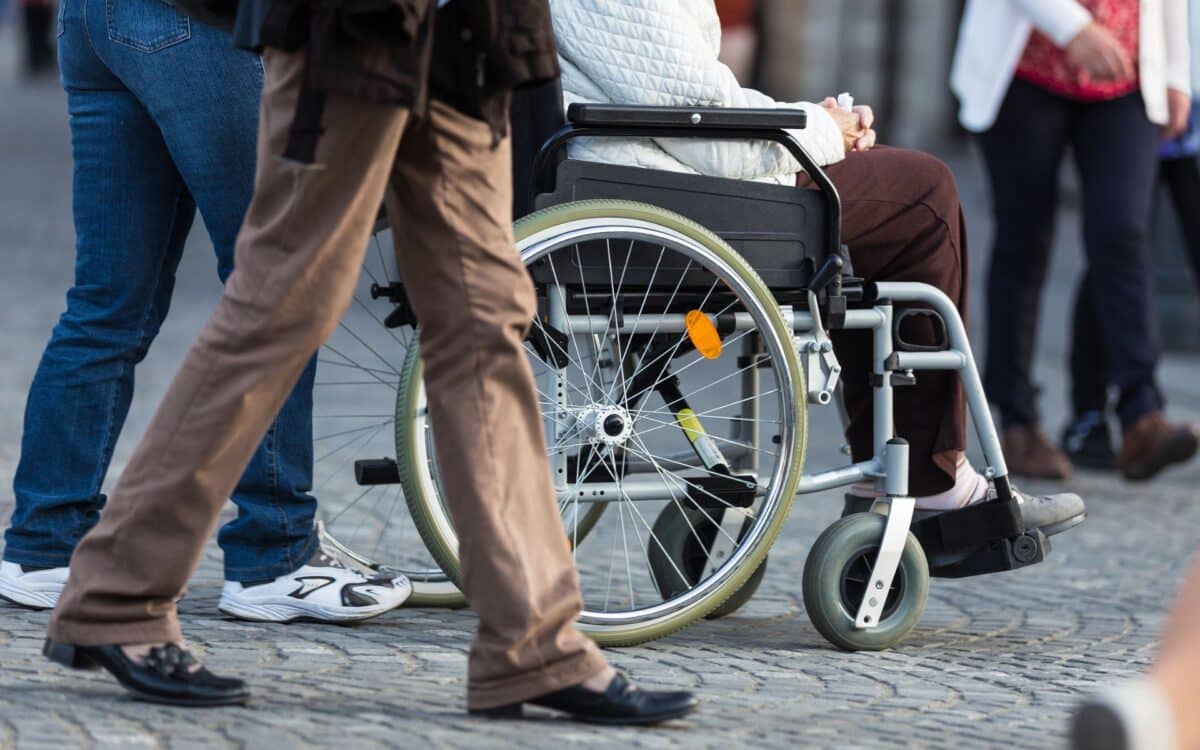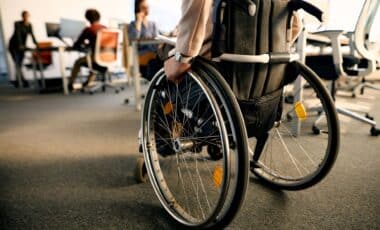The Department for Work and Pensions (DWP) has announced upcoming changes to the way Personal Independence Payment (PIP) is assessed and awarded. These revisions form part of a broader reassessment of disability-related support in the UK and are projected to have a wide-reaching impact.
According to figures reported by the Manchester Evening News, more than 150,000 people could see a reduction in their PIP payments as early as 2026. In total, up to 950,000 individuals may be affected by the revised criteria by the end of the 2029/30 fiscal year, raising concerns about future access to essential financial assistance.
Revised Criteria to Apply From November 2026 Under Labour Proposals
The upcoming changes, currently under review by the Labour Party, would take effect from November 2026. Under the proposal, individuals applying for the daily living component of PIP would face new conditions.
Presently, claimants qualify for the standard rate of daily living support by scoring between 8 and 11 points, while a score of 12 points or more across a range of assessed tasks grants access to the enhanced rate.
From 2026, in addition to meeting these thresholds, applicants would also need to obtain at least four points in a single activity to be considered eligible for any level of the daily living component.
PIP Components and Current Payment Rates
PIP consists of two main elements: the daily living rate and the mobility rate. These payments are designed to support individuals with long-term illness, disabilities, or mental health conditions that impact everyday life.
According to the latest figures, the standard rate for the daily living component is £73.90 per week, while the enhanced rate is £110.40. For the mobility component, the standard rate is set at £29.20 per week, and the enhanced rate at £77.05.
Eligibility is determined through a points-based assessment system that evaluates an individual’s capacity to perform tasks such as preparing food, managing treatments, and navigating daily routines.
Impact on Carers and Linked Benefits
The reform is expected to significantly affect Carer’s Allowance and the Universal Credit carer’s element, which are only available to individuals providing care for someone who receives the daily living component of PIP.
If the person being cared for no longer qualifies under the new rules, the carer may lose their entitlement. The DWP forecasts that by 2029/30, around 150,000 carers will no longer meet eligibility requirements for these payments.
To qualify for Carer’s Allowance under the current rules, individuals must provide at least 35 hours of care per week and have earnings that do not exceed £196 per week. Those who meet these conditions receive £83.30 per week in Carer’s Allowance payments.
Qualifying Benefits for Carers Allowance
To qualify for Carer’s Allowance, the person being cared for must be receiving one of the following disability-related benefits:
- Child Disability Payment – middle or highest care rate
- Disability Living Allowance – middle or highest care rate
- Pension Age Disability Payment
- Armed Forces Independence Payment
- Constant Attendance Allowance – basic (full day) rate with War Disablement Pension
- Attendance Allowance
- Adult Disability Payment – daily living component at standard or enhanced rate
- Personal Independence Payment – daily living component
- Scottish Adult Disability Living Allowance – middle or highest care rate
- Constant Attendance Allowance – at or above the normal maximum rate with Industrial Injuries Disablement Benefit
Loss of eligibility for the daily living component of PIP would make the cared-for individual no longer a qualifying case, resulting in the automatic disqualification of the carer from related financial support.
Projections and Policy Direction
The DWP anticipates that by 2029/30, about 800,000 individuals will no longer be eligible for the daily living component of PIP under the revised system. When combined with the projected 150,000 carers impacted, the total number of affected people reaches 950,000.
These planned changes reflect a major shift in how disability support will be assessed and distributed in the UK, suggesting a future model that emphasizes more focused eligibility linked to specific functional impairments.









